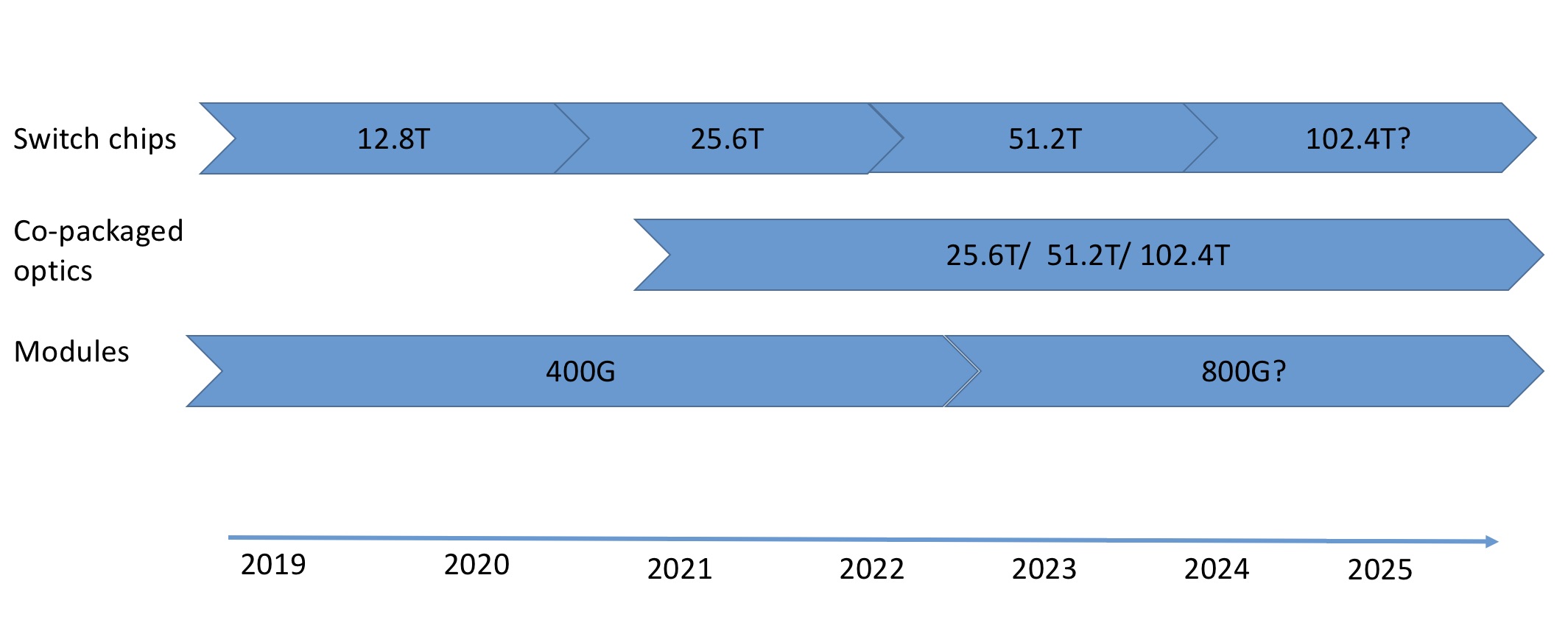Companies gear up to make 800 Gig modules a reality
 Wednesday, September 18, 2019 at 10:37AM
Wednesday, September 18, 2019 at 10:37AM Nine companies have established a multi-source agreement (MSA) to develop optical specifications for 800-gigabit pluggable modules.
 Maxim Kuschnerov
Maxim Kuschnerov
The MSA has been created to address the continual demand for more networking capacity in the data centre, a need that is doubling roughly every two years. The largest switch chips deployed have a 12.8 terabit-per-second (Tbps) switching capacity while 25.6-terabit and 51-terabit devices are in development.
“The MSA members believe that for 25.6Tbps and 51.2Tbps switching silicon, 800-gigabit interconnects are required to deliver the required footprint and density,” says Maxim Kuschnerov, a spokesperson for the 800G Pluggable MSA.
A 1-rack-unit (1RU) 25.6-terabit switch platform will use 32 such 800-gigabit modules while a 51.2-terabit 2RU platform will require 64.







